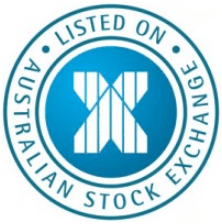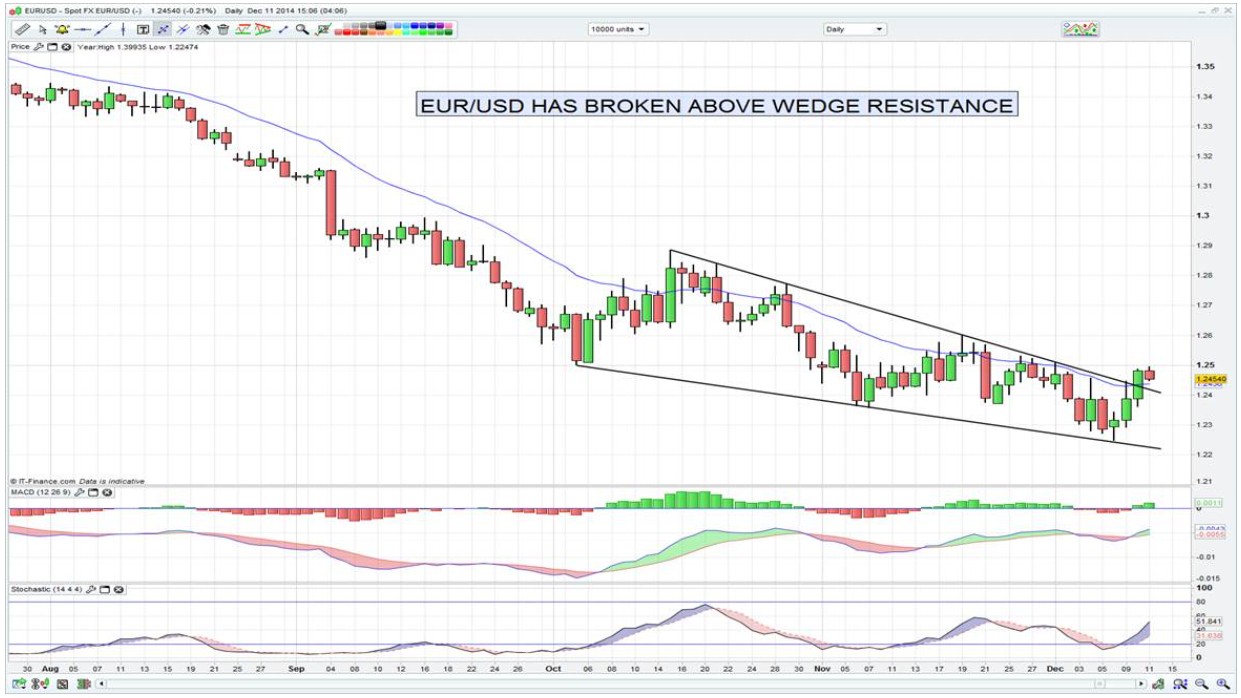
Chris Weston, Chief Market Strategist at IG Markets
Oil once again at heart of market moves
Up until yesterday, moves in crude have generally been perceived as a supply issue. However, OPEC’s 300,000-barrel-a-day downgrade has brought the demand side of the equation into context. Perhaps the saving grace for the energy corporates, all of which are getting another working out by the market, is that the commodity is so grossly oversold.
It seems logical, though, that oil should be oversold when OPEC members are offering multi-year discounts to key customers and trying to capture market share within OPEC. US production is also increasing, while the Saudi oil minister gave the perception they are not flustered by this move lower.
Nothing screams of selling rallies like the structural imbalance currently seen in oils fundamentals and, when the market is facing the prospect of oversupply to the extent of 1,183,000 barrels a day, it’s hard to see how oil will gravitate back to $80 anytime soon. Perhaps the Iraqi oil minister’s view of price hitting $40 could become reality – the trend seems strong enough.
The US bond market showing a weak inflation picture
What’s more, food prices are falling as well, with reasonable falls seen in wheat, oats, soybeans and corn. This is positive for consumers, but for central banks it just adds to the headaches. The fact the US bond yield curve (I’ve looked at the difference between the two-year and ten-year treasury) has narrowed to 160 basis points tells a fairly bearish picture.
If we look at breakeven rates (the bond markets’ pricing mechanism of inflation expectations over a period), we can see the market expecting inflation to average 1.27% over the coming five years. I feel that, if key Federal Reserve personnel Stanley Fischer and Bill Dudley hadn’t said that the falls in oil prices were a long-term positive last week, then there would no doubt be talk of another round of bond purchases and asset reflation. Perhaps this is why the USD seems to be offered.
On a corporate level, the number of companies announcing changes to spending intentions seems to be growing by the day, with names such as BP having to pay lofty restructuring charges. In Australia, Santos has reduced spending by 25%, although this seems priced in and many feel it is only a matter of time before they will be tapping equity investors for funding too. Investors who own the debt (or corporate credit) of energy names are also running for the hills, but they would be partially enthused that the correlation with the oil price is much lower than with equities.
One has to feel for the Peoples Bank of China (PBoC) as well, who have an insurmountable challenge on their hands. On one hand, they have to stand by and watch neighbours’ currencies falling rapidly as ultra-easy monetary policy has caused aggressive selling. As we saw yesterday, China is importing inflation by the day, while the end products that businesses produce also head lower. On the other hand, if they were to dramatically weaken the Renminbi (RMB), it would cause a flood of capital to leave China, which in turn would have a massive tightening affect. The fact the PBoC have actually strengthened the RMB by some 260 pips over the last five days shows their preference.
The Chinese equity market is lower today, with the Nikkei and ASX 200 following suit, although well off their early morning lows. Volumes have been good again, which will always be the case when volatility is high. However, it has to be said that on a positive note the selling hasn’t been totally broad-based, with investors happy to rotate into defensive names.
AUD/USD respecting its short-term trend lower
The AUD/USD has found buyers today. However, if we focus on the two-hour chart you can see a lack of conviction to break the short-term downtrend at $0.8350. Today’s Aussie employment report doesn’t change the rate-cut argument at all and, while the headline print was strong, all the job creation came from part-time jobs. Unemployment is at its highest level in over a decade.
EUR/USD also looks very interesting, especially ahead of today’s second Targeted Long-Term Refinancing Operation (TLTRO). The pair has broken out of a rather pronounced wedge pattern and would be targeting the $1.2900 area, although it still needs to print a higher high.
I am hugely sceptical it can trade to $1.2900 – we would need to see an all-out collapse in US bond yields for this to occur. Short-term price action should be dictated to by the level of funds taken by European banks, although it’s hard to think the take-up will be that great. Many would argue they don’t need the capital and the only country with any compelling yield is Greece. A general election in 2015 is looking more and more likely so, if anything, I think you’d be more likely to short Greek debt right now.

A weaker open is expected at this stage, with all eyes on the second TLTRO and Greek bond market. The 45% rally in the VIX this week speaks volumes, though, and fund managers seem to be hedging downside risks in equities in a dramatic fashion. Expect more drama throughout the rest of the year.
On another note – I am taking an extended break to have Christmas in the UK. I wish you all a good Christmas and a happy New Year.